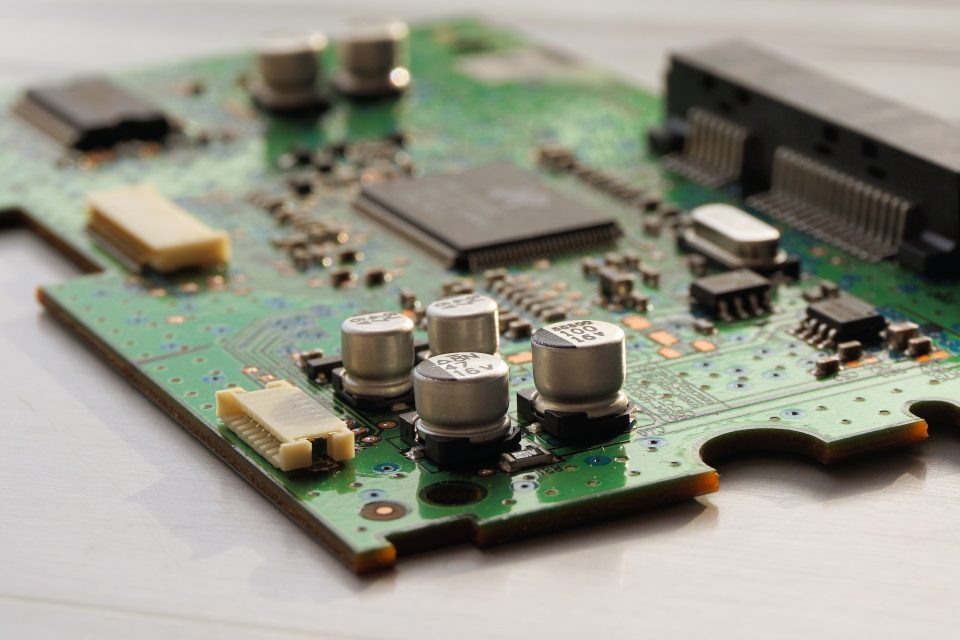Shares of Advanced Micro Devices, Inc. (AMD) experienced a sharp decline in trading today, dropping by 7.68% to close at 108.57 USD. This comes despite some positive developments and announcements made by the company, indicating that challenges lie ahead in certain markets.
During an earnings call on Tuesday, Lisa Su, the CEO of AMD, revealed that the company is considering a strategic move to develop AI chips specifically tailored for the Chinese market. The move is aimed at complying with the U.S. export curbs, which have limited the sales of AMD’s MI300 chip series in lucrative Chinese markets. Rival companies Nvidia and Intel have already adapted to these export restrictions, but AMD is yet to create specially-designed chips for this purpose.
Recognizing the growth potential in China, Su emphasized the importance of developing a product that aligns with the export controls, enabling the company to tap into the significant opportunities that the Chinese market offers.
Currently, the performance limits of AMD’s MI300 chip series hinder its sales to Chinese customers. By introducing modified versions of the MI300 and older MI250 chips that adhere to the U.S. Department of Commerce restrictions, AMD aims to overcome this hurdle and penetrate the Chinese market more effectively.
The MI300 chip is expected to play a pivotal role in driving AMD’s data center business forward, positioning it to compete with dominant player Nvidia’s graphics processing units (GPUs). With plans to ramp up production of the MI300 chip, AMD anticipates achieving around 50% growth in the data center business during the second half of the year.
It’s worth noting that last year, the United States implemented measures that blocked the exports of various chips to China, impacting leading chip manufacturers like Nvidia and Intel. Nvidia, for instance, faced limitations in selling its most advanced chips, the A100 and the newer H100, to the Chinese market. In response, Nvidia introduced China-export versions called A800 and H800, which had slightly reduced capabilities compared to their A100 and H100 counterparts.
Similarly, Intel developed the Gaudi2 processor, designed to bypass the U.S. export restrictions, reflecting the significant revenue potential from billings to China. China accounted for 27% of Intel’s total revenue in the last fiscal year, underscoring the country’s significance in Intel’s business strategy.
As AMD navigates the complex landscape of export curbs and the competitive chip market, the company’s decision to explore tailored AI chips for China could be a strategic move to capitalize on growth opportunities and gain a stronger foothold in this critical market. Investors and industry watchers will be closely monitoring AMD’s developments in this area and its impact on the company’s performance in the coming quarters.

